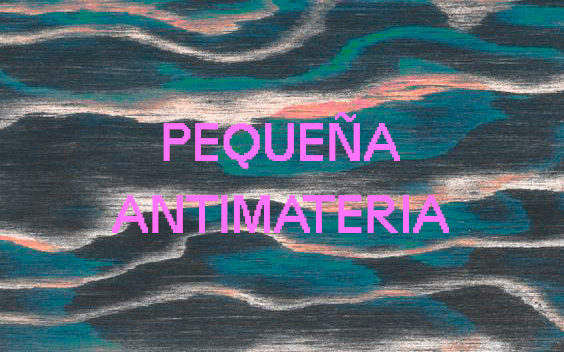Segunda entrega de la newsletter del Colectivo Antimateria.
Esta semana disfrutamos las recomendaciones de una invitada que domina la materia y el espacio. Una mujer über materia :)
Esta semana disfrutamos las recomendaciones de una invitada que domina la materia y el espacio. Una mujer über materia :)
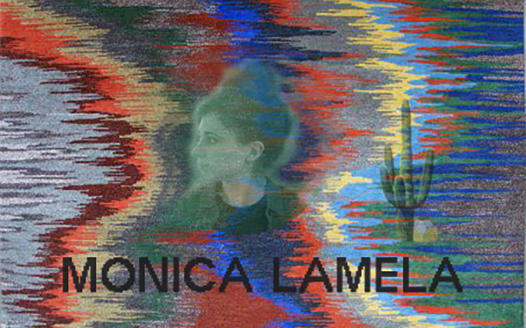
Mónica Lamela es arquitecta y dirige There There, un estudio de arquitectura que fluctúa entre el diseño y la investigación, y entre Los Ángeles, Ciudad de México y Madrid. A través de arquitecturas, investigaciones y ficciones, el estudio cuestiona visiones hegemónicas, expone imaginarios alternativos, y propone experiencias únicas.
Monica Lamela is the founder of There There: an architecture studio that fluctuates between design and research, and between LA, Mexico City, and Madrid. Through architectures, counternarratives, and fictions the practice challenges dominant worldviews, materializes alternative imaginaries, and catalyzes meaningful experiences. @monicalamela + @there_____there + www.there-there.com

Item #1 El cementerio de Comillas
Maravilloso cementerio modernista construido a finales del siglo XIX sobre las ruinas de una antigua parroquia abandonada. Cementerio e iglesia coexisten generando un híbrido imperfecto: los nichos del cementerio y sus cuerpos devoran progresivamente las paredes semi-destruidas de la iglesia; los monumentales mausoleos crecen entre la vegetación ruderal del antiguo jardín eclesiástico; el esqueleto de arcos de la antigua iglesia resiste triunfal, manteniendo viva la secuencia espacial del ritual religioso. Una simbiosis en aparente estado de transformación, que genera uno de los espacios más extraordinarios que he visitado.
This is a fascinating modernist cemetery built at the end of the 19th century on the ruins of an abandoned church. Cemetery and church coexist forming an imperfect hybrid: the niches of the cemetery and their bodies progressively devour the semi-destroyed walls of the church; the monumental mausoleums grow among the ruderal vegetation of the old ecclesiastical garden; the remaining structural arches of the old church resist triumphantly, keeping alive the spatial sequence of the religious ritual. The result is a symbiosis in an apparent state of continuous transformation, which generates one of the most extraordinary spaces I have ever visited.
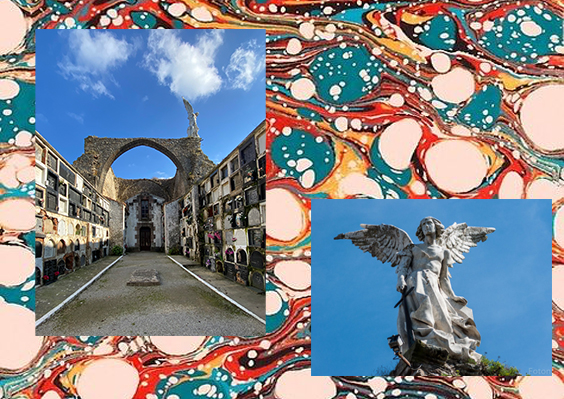
Item #2 “GHOST CABINS” de Rachael Whiteread
Cuando Jerry Sohn invita a Rachel a visitar el solar de Pioneertown (California) en el que quiere que intervenga, ella se fija en dos pequeñas cabañas abandonadas, ruinas de otra época, de escaso valor para el dueño, y símbolos de vidas y experiencias olvidadas para ella. Rachel decide materializar el vacío interior que han generado esas ruinas, evitando así que la huella de esas vidas pasadas desaparezca. El resultado son dos impresionantes esculturas de concreto, que reproducen con máxima precisión cada mínimo detalle del espacio interior de las antiguas cabañas. En ellas el vacío se sedimenta de forma permanente, usando las paredes exteriores de las ruinas como cimbra.
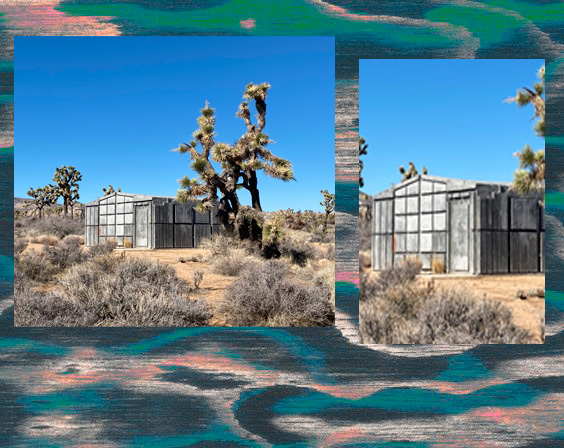
Item #3 Mujeres, casa y ciudades: más allá del umbral, de Zaida Muxí
“Cómo construir un nuevo discurso, con diferentes valores si nos encontramos conformadas por el patrón único de valores patriarcales, masculinos y machistas?”
Escrito por Zaida Muxí y publicado por los revolucionarios dpr-barcelona, este fantástico libro presenta una narrativa alternativa de la historia de la arquitectura y el urbanismo, a través de voces silenciadas y experiencias invisibilizadas de mujeres. Esta nueva narrativa, contada desde una perspectiva feminista, coloca a las mujeres como protagonistas, y propone una deconstrucción imprescindible de la historiografía hegemónica que durante tantos años ha sido reproducida, como disco rayado, en escuelas de arquitectura y urbanismo.
"How do we build a new discourse with different values, if we find ourselves conformed by the pattern of patriarchal, masculine, and sexist values?"
Written by Zaida Muxí and published by the disruptive dpr-barcelona, this fantastic book illuminates an alternative narrative of the history of architecture and urbanism, retold through the silenced voices and invisible experiences of women. This new narrative, written from a feminist perspective, situates women as its main characters and proposes a much-needed deconstruction of the hegemonic historiography that for so many years has been reproduced, once and again, in schools of architecture and urbanism around the world.
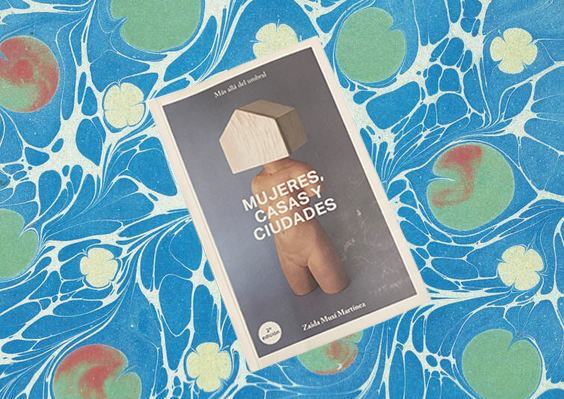
Item #4: Tianguis de Tepito
El tianguis de Tepito es un mercado de construcciones efímeras, pero de materialidad permanente: aparece cada mañana y se desmonta cada noche en el corazón de la Ciudad de México. Sus coloridas estructuras generan un nuevo tejido urbano, denso, dinámico, y contradictorio, que reconfigura el rígido trazado de la ciudad. Su existencia al borde de la legalidad y su ingobernalidad, han generado un lugar de resistencia y crítica, que se remonta a tiempos coloniales, cuando aparecía cada día en el corazón religioso y político de la capital, desequilibrando el orden colonial. Sus heterogéneos objetos de dudosa procedencia, lo convierten en un almacén de curiosidades donde encontrar lo inimaginable. Los estigmas sociales que le persiguen, contrastan con la vida de sus calles, generando un oasis indescifrable, a menudo invisibilizado en los mapas que definen y representan la ciudad permanente.
Tepito is a market of ephemeral constructions with a permanent presence: it appears every morning and dismantles every night in the heart of Mexico City. Its colorful structures generate a new dense, dynamic, and fluid urban fabric that reconfigures the rigid layout of the fixed city. Its existence on the verge of legality and its defiance to imposed external rules, have generated a place of resistance and criticism that dates back to colonial times, when the market’s daily materialization in front of the religious and political symbols of the capital, disrupted the colonial order. Its heterogeneous objects of dubious origin, turn it into a fascinating cabinet of curiosities where anything can be found. The social stigmas that define it negatively contrast with the experience of its lively streets, making the “tianguis de Tepito” an indecipherable oasis that is often erased from the maps that fix the permanent city.

